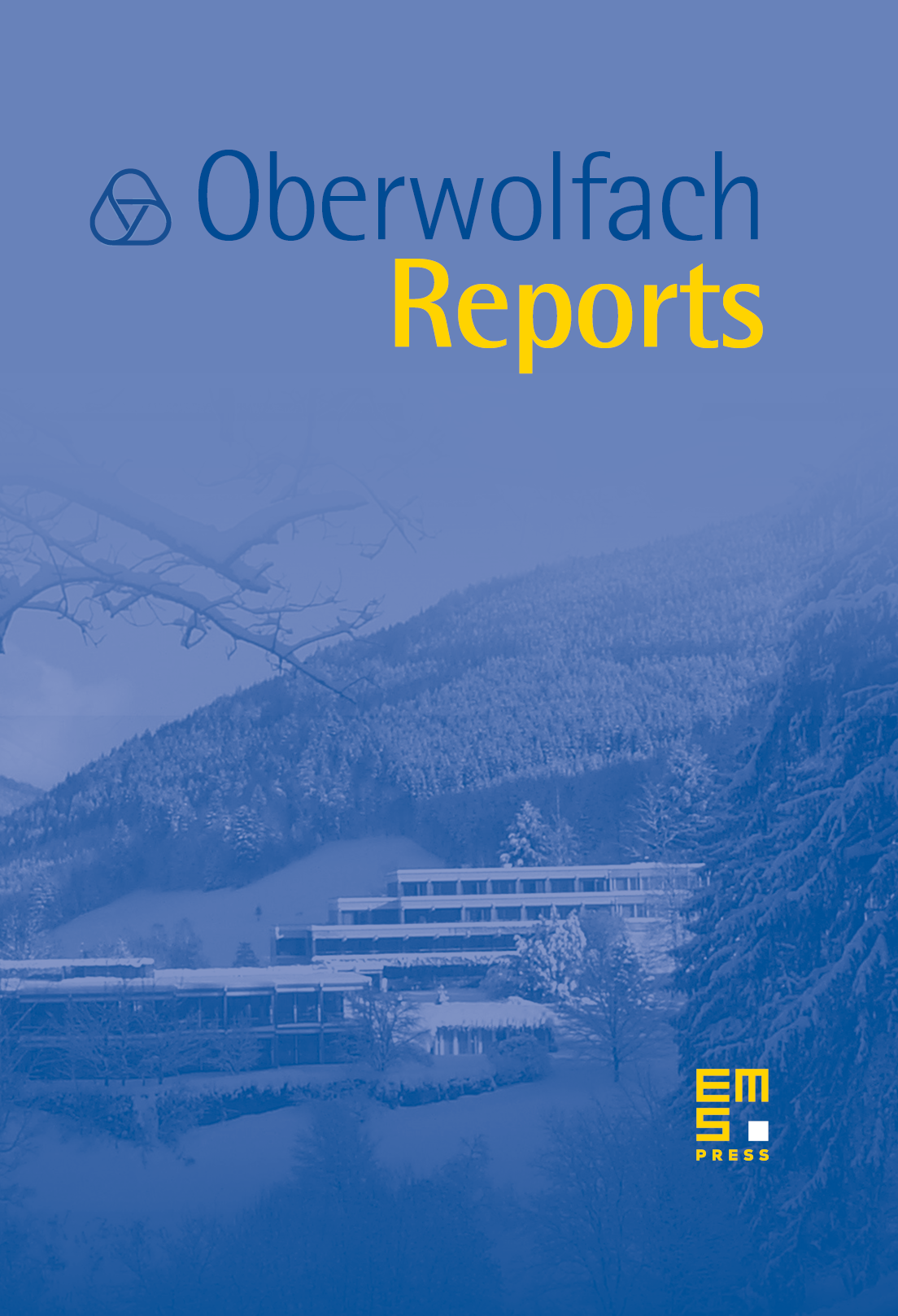Mathematical and Numerical Aspects of Quantum Chemistry Problems
Maria J. Esteban
Université de Paris Dauphine, FranceClaude Le Bris
CERMICS - ENPC, Marne La Vallée, FranceGustavo Scuseria
Rice University, Houston, United States

Abstract
Computational quantum chemistry is nowadays a very lively topic, which has a huge number of applications ranging from Chemistry itself to biology and materials science. Most of the models are written in terms of variational problems involving partial differential equations. Mathematics can play an important role in the analysis of those models as well as in their numerical analysis and in finding robust and efficient computational techniques to find approximate solutions.
The study of the mathematical aspects of the problems in this area were pioneered in the 1970s by E. H. Lieb and coworkers. P.-L. Lions and collaborators, from the 1980s on, have made major contributions to the field. On the other hand, the need of efficient software able to simulate large systems calls for a definite enhancement of the computational aspects of this theory. It was now due time for such a workshop, gathering leading international researchers with different scientific backgrounds: mathematics (nonlinear analysis, PDEs, variational methods), mathematical physics, scientific computing (numerical analysis, large-scale optimization), theoretical chemistry, biochemistry, materials science, ... The workshop was an opportunity to make a state-of-the art review of the mathematical knowledge, to draw up a list of the potential practical applications and the challenges to overcome in the near future.
This workshop brought together leading figures from the computational quantum chemistry and applied math communities. These are two communities that rarely find themselves at the same conference. It was attended by 47 people, most of them well-known researchers in the field plus some younger researchers. Participants from the chemistry side included experts in density functional theory, quantum Monte Carlo techniques, and quantum dynamics. There were several "hot" topics discussed prominently at the workshop. Among them, the existence and the computation of the optimized effective (OEP) potential in DFT perhaps took central stage. Remarkably, there was enough critical mass of researchers and discussion time to conclude at this point that the existence and uniqueness of this OEP is far from certain. The current methods used in practice for its calculation have shortcomings and there is still lots of room for improvement. Among the mathematicians, half were nonlinear PDE specialists and mathematical physicists and another half, numerical analysts and experts in computational issues.
There were 8 review talks opening the various sections in which the workshop was divided : general models and methods, numerics and approximation, time evolutions problems, density functional and OEP models, control and controllability, relativistic models and quantum Monte Carlo simulations. Every section consisted of the opening (longer) review talk plus some shorter contributions, presenting various, complementary, aspects of the subject.
The talks presented a very large view of the field and this both from the chemistry and from the mathematics viewpoint. The models that are nowadays more popular and used were discussed in depth. The mathematical tools to analyse those models and compute approximate solutions were discussed and already existing applications were described. General numerical methods to analyze a priori or a posteriore errors were presented and discussed in the framework of quantum theory. Many of the talks were not only presentations of existing results but also of the limitations of the current knowledge and description of the most important needs.
In the evenings, after dinner, three round tables were organized in order to foster interactions and discussions on future subjects of interest, on the possibilities of further interaction betweeen mathematics and quantum chemistry and on the modelling and the methodology nowdays available and future prospects. The precise subjects of the round tables were : "Optimized Effective Potentials in DFT", "Developing fruitful interactions at the theoretical level" and "Interactions between chemists and numerical analysts". The three evenings gave us an excellent opportunity to discuss very openly about what is done and what is missing in the present theories and practice.
Based on the feedback already received from participants, we consider the organization of such a workshop equally beneficial for mathematicians and chemists. We hope other workshops in the same spirit will be organized in the near future.
Cite this article
Maria J. Esteban, Claude Le Bris, Gustavo Scuseria, Mathematical and Numerical Aspects of Quantum Chemistry Problems. Oberwolfach Rep. 3 (2006), no. 4, pp. 2805–2874
DOI 10.4171/OWR/2006/47